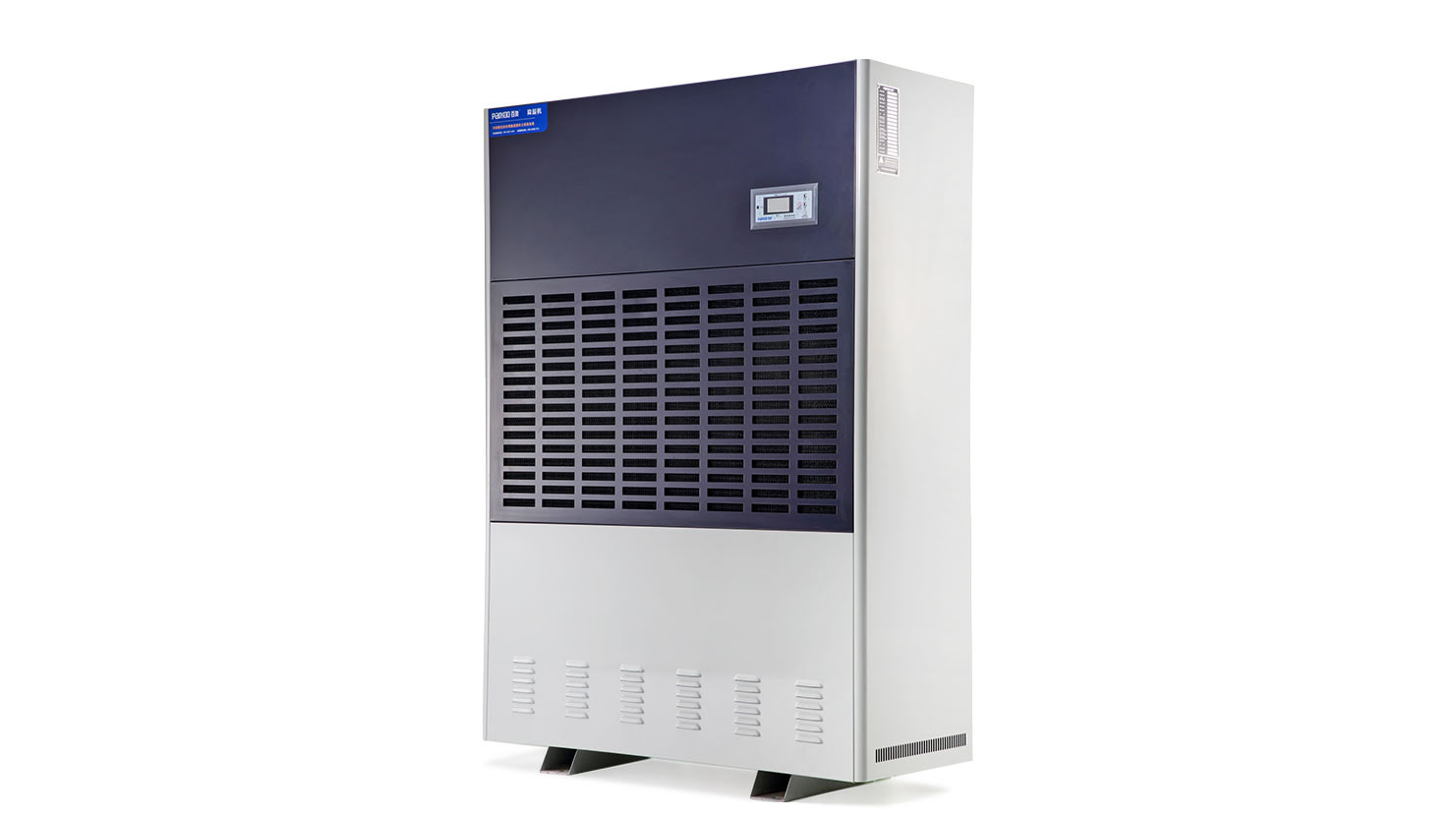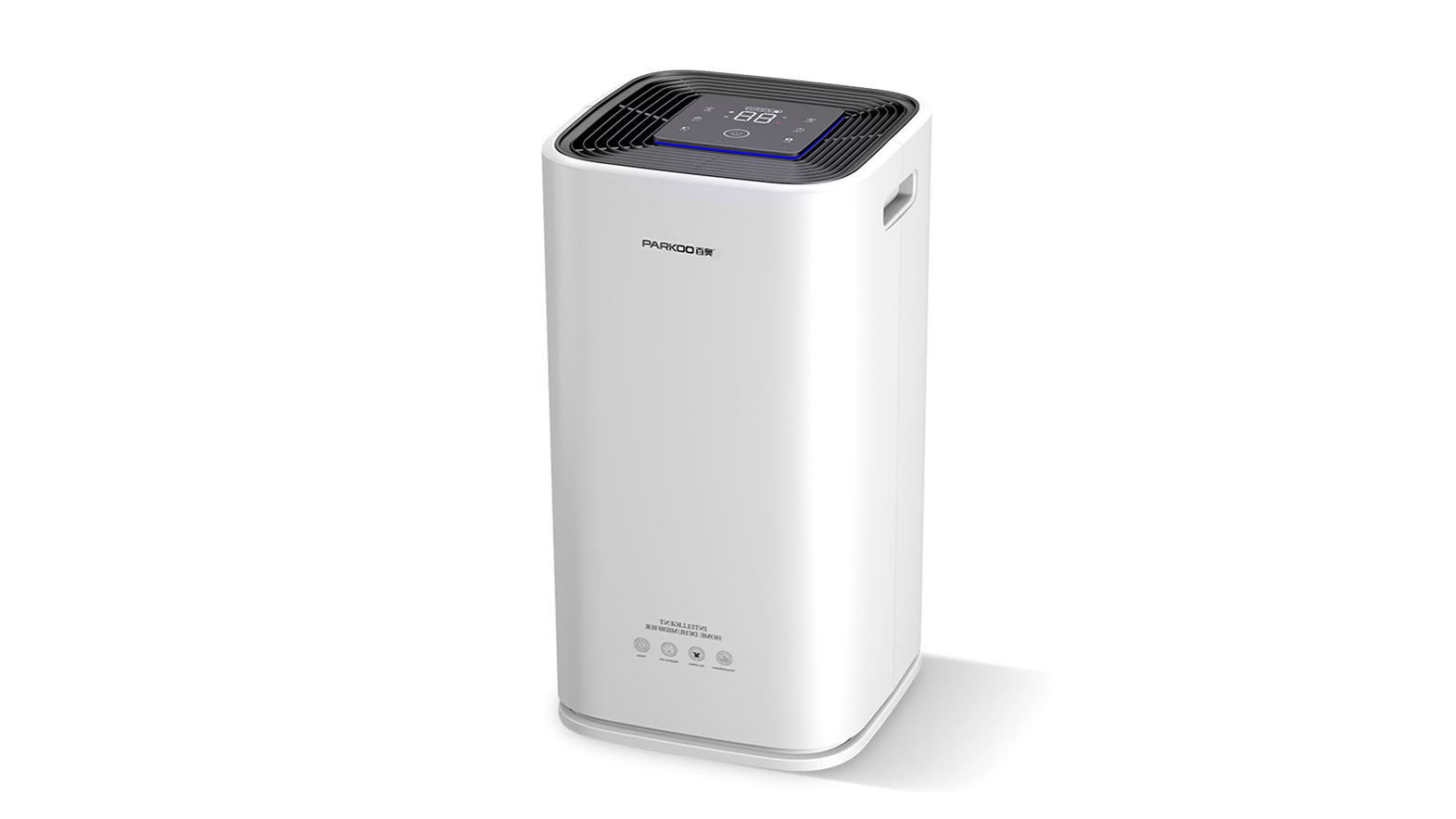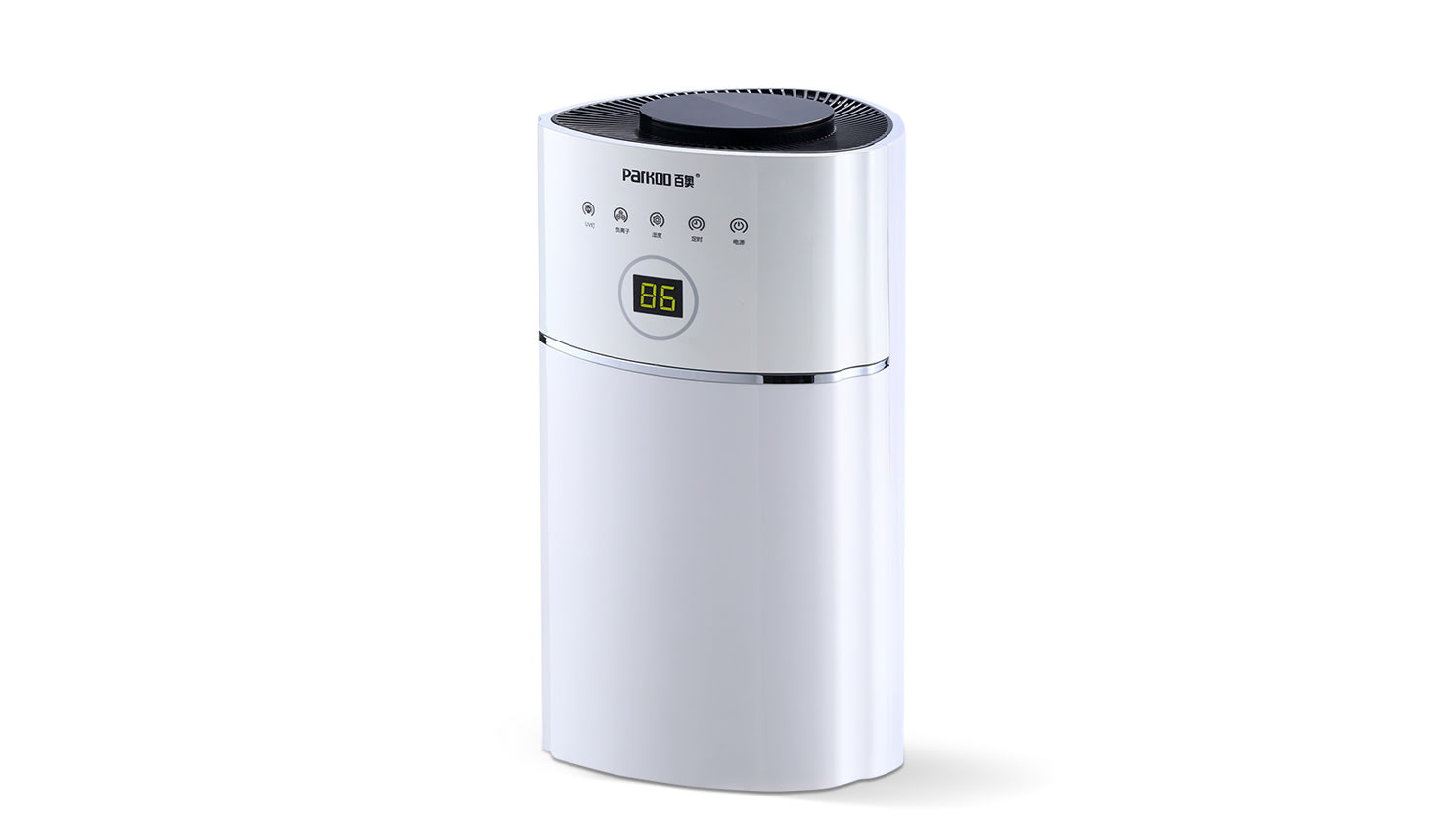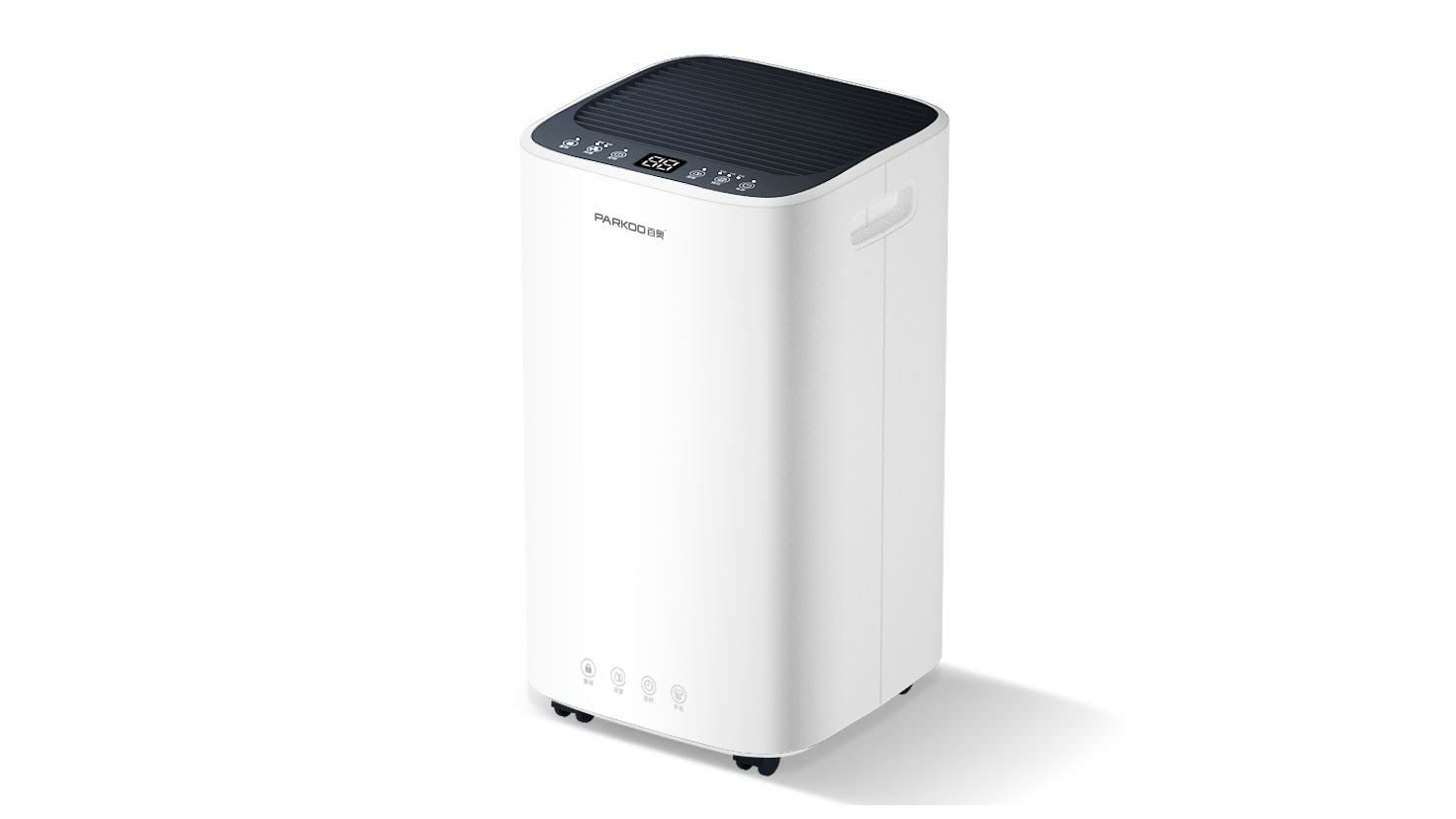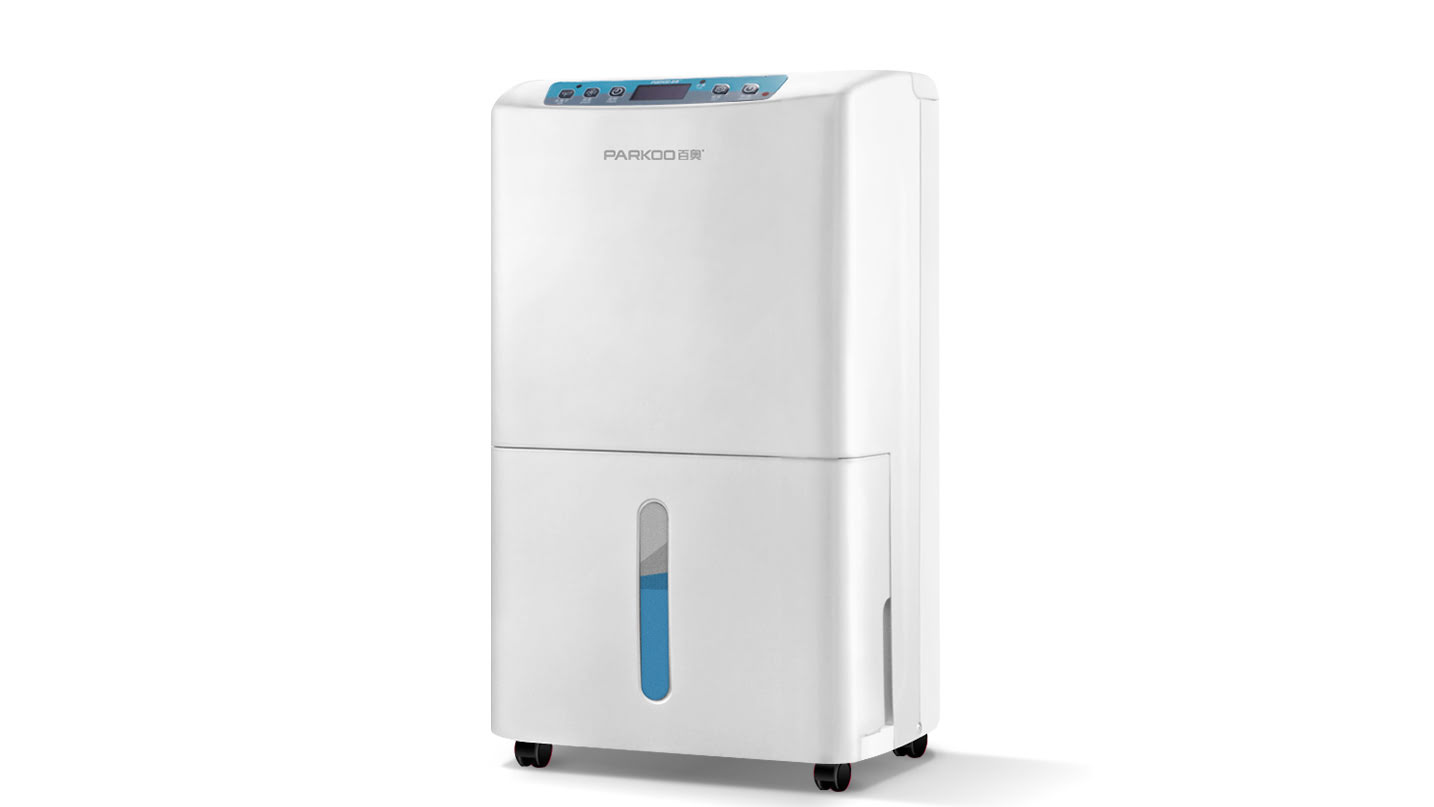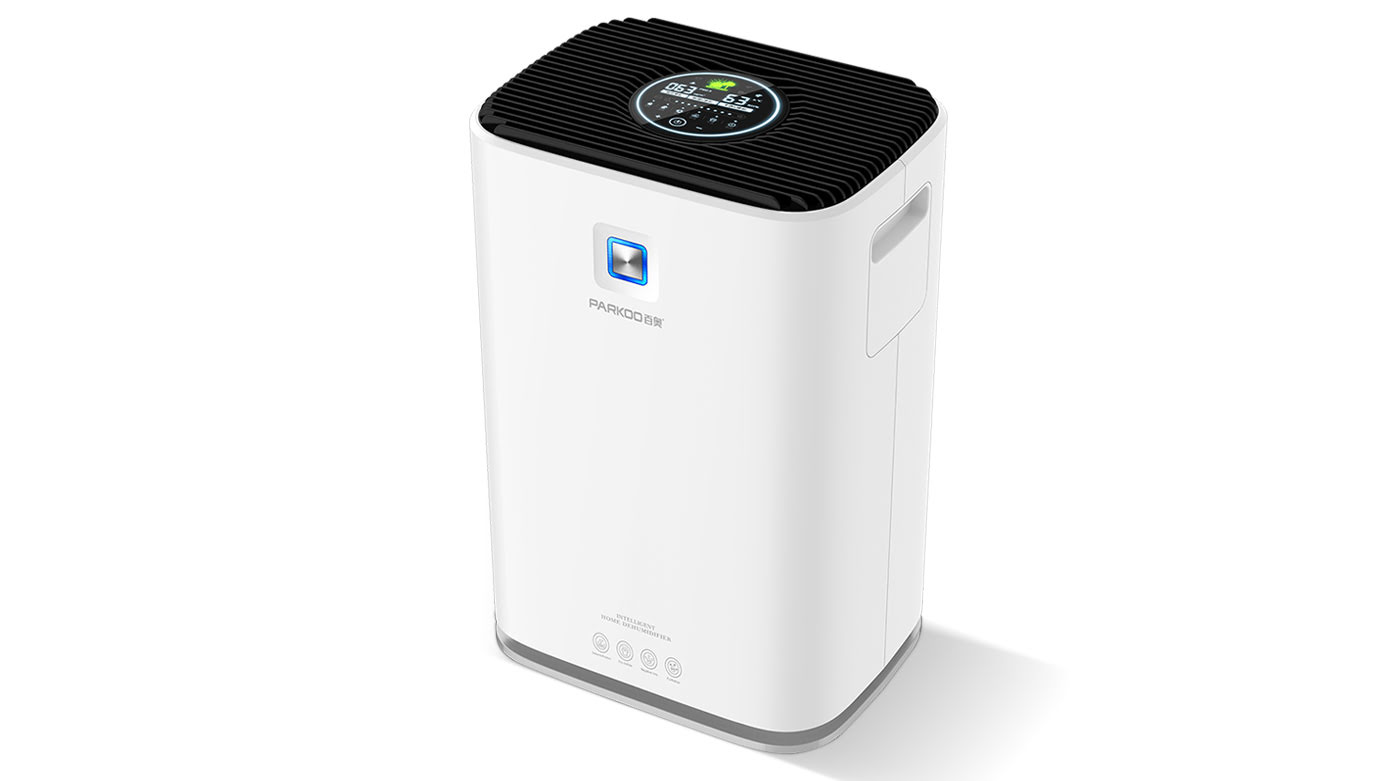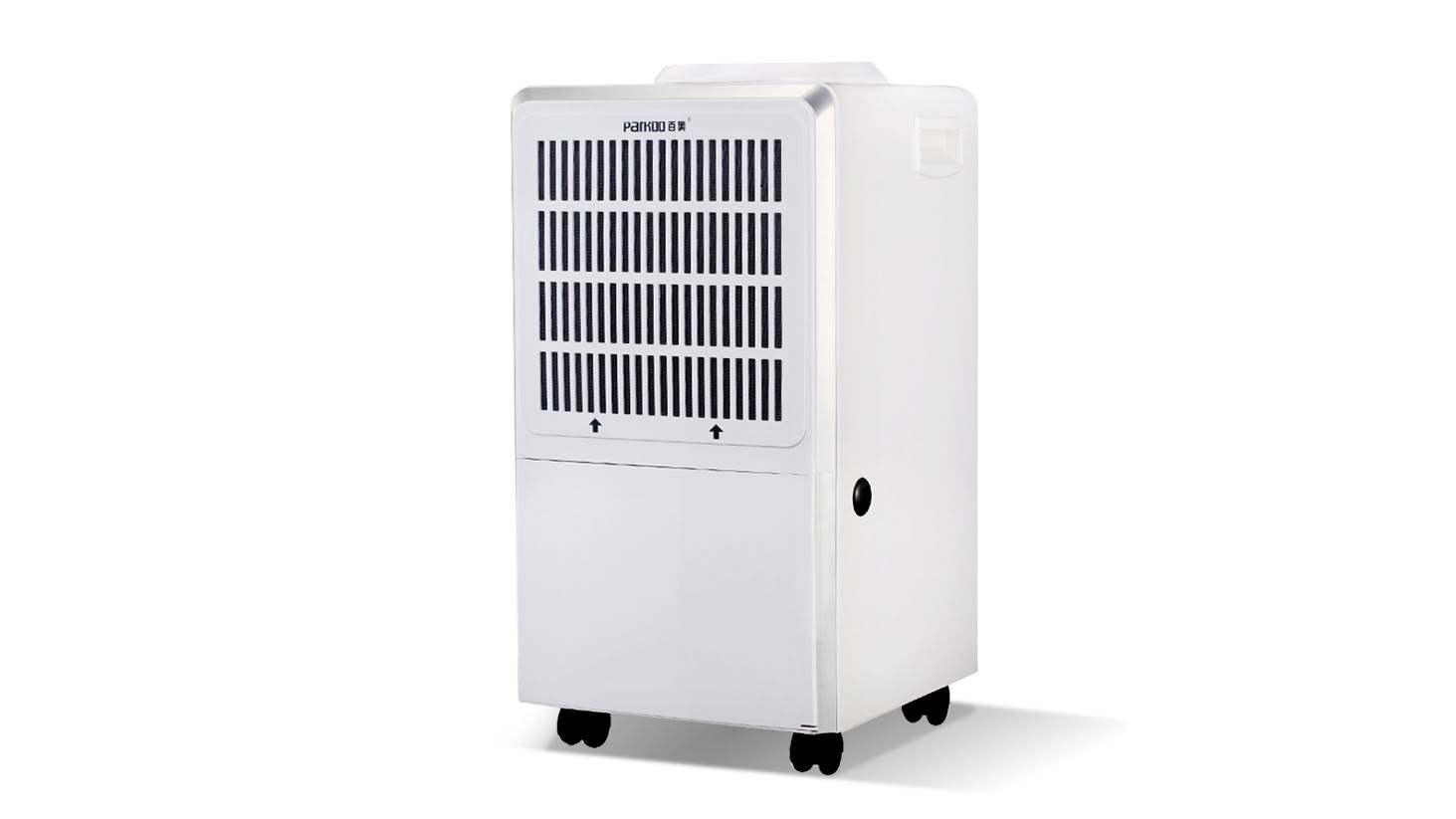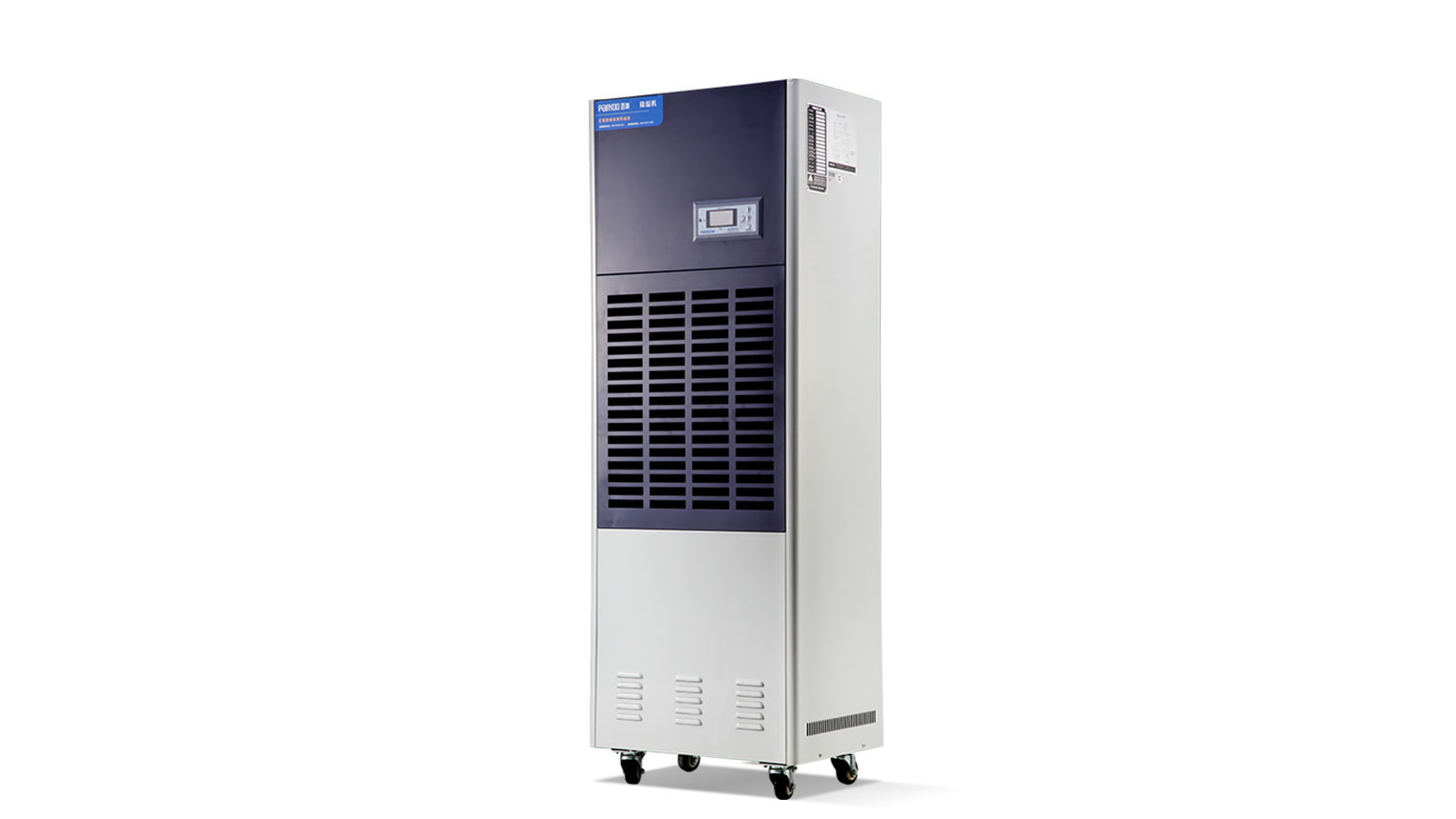traditional Humidification Systems
Traditionally, industrial humidifiers use sTeam to generate Moisture in the air.
. Although wicking systems absorb and release indoor moisture, all these types of Environmental and humidity control issues are expensive. If they are not equipped with automatic sensors to determine the required level of activity, excessive moisture in the air may be generated, leading to moisture deposition on the surface and product In addition, these systems rely on many moving components to heat and distribute humidity. over time, component wear leads to low Efficiency, Poor performance, and high labor costsnew technologies facilitate the development of understanding. this means that the humidification system will produce the Smallest consistent water dropLets and disperse them into the atmosphere to achieve 100% evaporation. Use this technology to disinfect bacteria and other pollutants from the environment, and conveRT low-pressure compressed air operation into higher efficiency and long-lasting performance
Maintain a complex environment
today's companies must maintain Precise environmental and humidity control to ensure that processes, production, and storage are not negatively affected. Complex Environments include:
GreenHouses - the development of using greenhouses for food production is on the rise. Efforts to reduce the loss of forests, grasslands, and grasslands used for agriculture, as well as the soaring global poPulation, mean that specialized planting facilities will continue to expand. However, the maturation of certain fruits, Vegetables, and flowers is a delicate process. Growers must maintain a specific environment to ensure proper Growth and Prevent bacteria and decay. Accurate environmental and humidity control is crucial for increasing production
modern Greenhouses planting Plants in "clean rooms" can better control the growing variables and reduce pollution risks. Innovative humidification systems can adjust temperature and humidity conditions. through the correct humidification system, the temperature is directly contRolled through humidity sensors, rather than as a byproduct of heating and Cooling
Pharmacy and Food processing - Many of the foods you eat and the medications you take are processed using specialized equipment in precise environments. The environment and humidity system in such environments are particularly important for removing dust and charges from the air and maintaining optimal machine performance Moreover, any microsCOPic bacteria present have the ability to contaminate the entire batch during the processing. A dry mist humidifier provides 4.2 micron droplets, attracting small particles and bacteria, establishing safer facilities and ensuring surface hygiene. The fog system is also used to disinfect Products to distributors and retailers on the way. Production suppliers see:
Fewer brown spots on fruits and vegetables
Higher Quality products at the consumer level
Reduce operating costs through energy conservation and maintenance
refrigeration facilities - after harvest, fresh agricultural products are stored in cold areas for packaging. But in order to maximize shelf life and prevent decay, the company must provide sufficient humidity to prevent moisture deposition on raw materials. non wetting technology enables enterprises to achieve 99% humidity without damaging products
electronic Manufacturing - the market now relies on virtual connectivity. Companies and individuals around the World require digital devices for operation and communication. However, these devices are very sensitive and require control over production technology. Due to the non humidity, the equipment can maintain a comfortable working environment without worrying about damage Caused by water or dust deposits
understanding how Commercial humidifiers control the environment and humidity in today's advanced facilities can help you identify Whether innovative humidification systems are suitable for your business
